On June 23, 2014, the US Supreme Court issued an important environmental decision, Utility Air Regulatory Group v. EPA, No. 12-1146 (L), which restricts the authority of the Environmental Protection Agency (EPA) to regulate greenhouse gas (GHG) emissions from stationary sources under the Clean Air Act’s Prevention of Significant Deterioration (PSD) and Title V permitting programs. Specifically, the Court held that EPA may not impose permitting requirements on facilities based solely on their GHGs. EPA can, however, regulate GHGs under the PSD and Title V permitting programs if a facility is otherwise subject to permitting based on emissions of other air pollutants. The practical result of this opinion is that many smaller facilities will now fall outside the EPA’s permitting authority.
In Utility Air Regulatory Group, the Supreme Court revisited EPA’s general authority to regulate GHGs as “air pollutants” under the Clean Air Act, which the Court first addressed in Massachusetts v. EPA, 549 U.S. 497 (2007), a decision that allowed EPA to regulate GHGs from automobiles. In this new decision, the Supreme Court left Massachusetts v. EPA undisturbed.
Reactions to the opinion have been mixed, with some proclaiming the decision “a big win for environmentalists” and others applauding the Supreme Court for limiting the EPA’s authority. If EPA’s position had been accepted in its entirety, it would be allowed to regulate 86% of GHGs emitted from stationary sources nationwide. Under the Supreme Court’s decision, EPA will be able to regulate 83% of those emissions.






